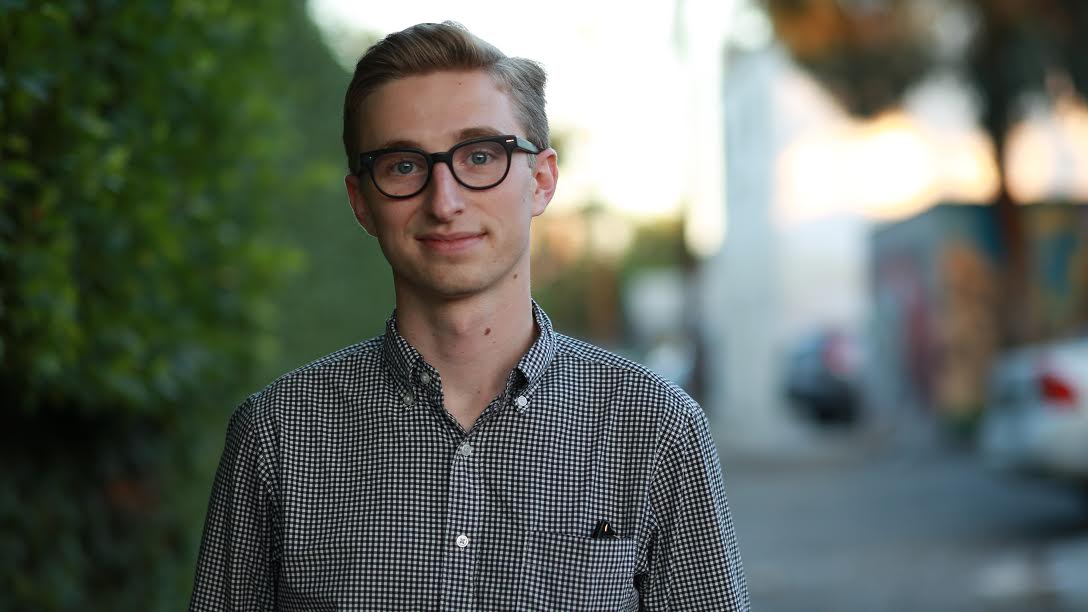Why the Diversity of America's Homeless Population Matters

By:
Justin Doering is a recent college graduate and founder of the non-profit Fifty Sandwiches, a cross-country tour examining life on the streets in America. He's interviewed dozens of homeless Americans, documenting the experience online in an effort to humanize them and raise awareness of the issues they face. But when I asked him for his "takeaway" from the project thus far, Doering said he has already learned to eschew making generalized conclusions.
"I'm about two-thirds of the way through the project so far, and my original intent was to capture a collective face of homelessness," Doering told ATTN:. "I realized within the first few interviews that's just not going to be an option. If I wanted to capture a collective face, I'd have to interview more than 500,000 people."
Doering is doing what many Americans tend to avoid: he's talking with people living on the streets, listening to their stories, and sharing his lessons from the experience as he makes a more than 13,000-mile journey around the country. It didn't take long for Doering to realize that the homeless population he was documenting was, in a word, diverse — too diverse to neatly summarize during our conversation.
According to 2015 data from the U.S. Department of Housing and Urban Development, there are more than 560,000 homeless people in the United States. What Doering illuminates is that each homeless person comes from a unique background, and that the tendency to stereotype and generalize them prevents us from appreciating their diversity and, in turn, their humanity.
The demographics of homelessness.
The National Coalition for the Homeless has a fact-sheet on the demographics of America's homeless population. It offers some data that backs up Doering's understanding of the group's diversity.
- Age: Children under the age of 18 represented 39 percent of the homeless population in 2003 — with almost half of this group five years old or younger. Approximately 25 percent of homeless people are between 25 and 34; and older Americans between 55 and 64 represented six percent of the homeless in America.
- Gender: Men are more likely to be homeless than women, according to a 2005 survey by the U.S. Conference of Mayors. "[S]ingle men comprised 51 percent of the homeless population and single women comprised 17 percent," the National Coalition for the Homeless reported.
- Ethnicity: Though the ethnic breakdown of homeless people varies from region to region, a 2004 survey found that 49 percent were black, 35 percent were white, 13 percent were Hispanic, two percent were Native American, and one percent was Asian.
Still, while these statistics might tell us who is more likely to become homeless, it remains impossible to draw any sweeping conclusions about the population based on demographics alone. Families, veterans, foster children, people suffering from mental illness, people addicted to drugs, disabled individuals — any combination of socioeconomic factors and unforeseen circumstances can land a person on the street.
Through Fifty Sandwiches, Doering is working to fill the void in our understanding of homelessness — to put human faces and stories to the statistics.
"The real objective is in telling their stories to just show the diversity of homelessness — show that really anyone can be homeless," Doering said. "I think homelessness, from what I've learned, is more of the consequence of a series of social systems or choices that have failed in the past."
